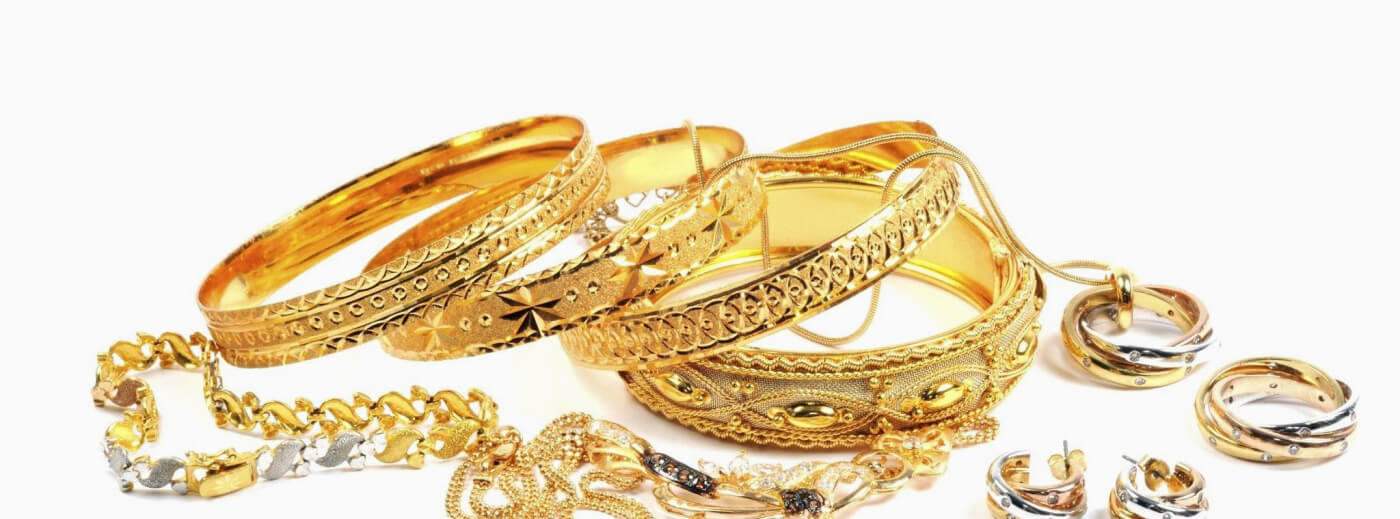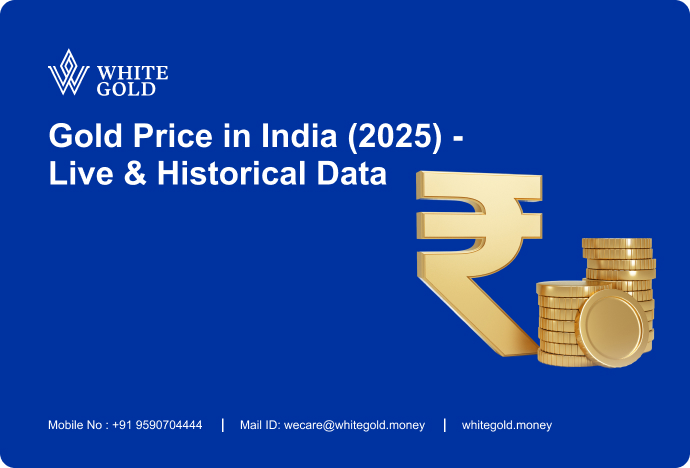How Consumer Preference For Gold Jewellery Has Changed Over The Years

5min read

Gold is an inseparable part of Indian society; from special occasions to portfolio diversification, Indians heavily invest in gold and gold jewellery. India has the largest gold buyers market in the world and has consistently ranked at the top for decades, putting behind other countries.
However, consumer preferences for gold jewellery have evolved significantly over time, reflecting changes in fashion, culture, and economic factors. In this article, we’ll delve into the fascinating journey of how consumer preference for gold jewellery has transformed over the years.
Ancient Traditions and Symbolism
Gold jewellery has been worn and cherished since ancient civilizations. In many cultures, gold was not only considered a symbol of wealth and power but also was closely worshipped for divine connection. The preference for gold jewellery was rooted in its ability to reflect social status and aesthetic appeal. Ornate gold pieces adorned with gemstones were particularly popular among the elite and aristocracy, serving as symbols of opulence.
The Victorian Era: Sentiment and Symbolism
During the Victorian era, which spanned from the early 19th century to the early 20th century, consumer preference for gold jewellery took on a new dimension. Jewellery designs became more intricate and sentimental, often featuring symbols of love and remembrance. Lockets, cameos, and mourning jewellery gained popularity during this period, reflecting the sentimental and emotional aspects associated with gold ornaments.
Mid-20th Century: Hollywood Glamour
The mid-20th century marked the era of Hollywood glamour, and consumer preference for gold jewellery was heavily influenced by movie stars and their dazzling red-carpet appearances. Yellow gold, often embellished with diamonds and other gemstones, became a symbol of elegance and sophistication. Iconic figures like Marilyn Monroe and Audrey Hepburn popularized gold jewellery, making it a must-have fashion accessory.
Late 20th Century: Minimalism and Personal Expression
As the world moved into the late 20th century, consumer preference for gold jewellery began to shift towards minimalism and personal expression. Contemporary jewellery designers favored clean lines, simplicity, and versatility. Gold necklaces, bracelets, and earrings in minimalist designs gained popularity, allowing wearers to express their individual style.
The Rise of White Gold and Platinum
The late 20th century also witnessed a significant shift in consumer preference toward white gold and platinum. These metals offered a sleek and modern alternative to traditional yellow gold. Gold buyers were drawn to the lustrous and durable qualities of white metals, which provided an elegant backdrop for diamonds and other gemstones. This shift in preference paved the way for the introduction of diverse alloys, catering to a wider range of tastes and preferences.
The 21st Century: Fusion of Tradition and Modernity
In the 21st century, consumer preference for gold jewellery has become increasingly diverse. Traditional designs are still cherished, especially for weddings and special occasions, but contemporary jewellery reflects a fusion of tradition and modernity. Consumers seek unique and custom-made pieces that tell a story or hold sentimental value. Ethical considerations, such as the use of sustainable materials and responsible sourcing, have also gained prominence in consumer preferences.
Customization and Personalization
One of the most significant shifts in recent years has been the growing trend of customization and personalization. Consumers now seek gold jewellery that reflects their individuality and values. Many opt for custom-designed pieces or personalize existing designs with engraving, gemstones, or unique details. This trend has been amplified by the rise of online jewellery retailers and the ease of creating bespoke pieces.
Ethical and Sustainable Choices
As consumers become more conscious of environmental and ethical concerns, the preference for ethically sourced and sustainable gold jewellery has risen. The desire for transparency in the supply chain, responsible mining practices, and the use of recycled materials has influenced consumer choices. Ethical certification and responsible sourcing have become essential considerations when purchasing gold jewellery.
Minimalism and Everyday Elegance
In recent years, minimalist designs have made a comeback, with consumers opting for understated and versatile gold jewellery that can be worn every day. This trend reflects a desire for simplicity, elegance, and functionality. Minimalist gold necklaces, stud earrings, and delicate bracelets have become staples in many jewellery collections, and it has drastically increased its presence in the market.
Digital Transformation and Online Shopping
The digital age has transformed the way consumers shop for gold jewellery. Online retailers and e-commerce platforms have made it easier for gold buyers to explore a vast array of designs, compare prices, and read reviews. The convenience of online shopping has become a significant factor in consumer preference, with many choosing to buy their gold jewellery from reputable online sources.
Conclusion
The ever-evolving landscape of consumer preference for gold jewellery reflects the dynamic nature of fashion, culture, and societal values. From ancient traditions rooted in symbolism to the personalized and sustainable choices of the modern era, gold jewellery has adapted to the changing tastes and values of consumers. As the industry continues to innovate and diversify, gold jewellery will remain a timeless and cherished accessory that reflects individual style and values in every era.







